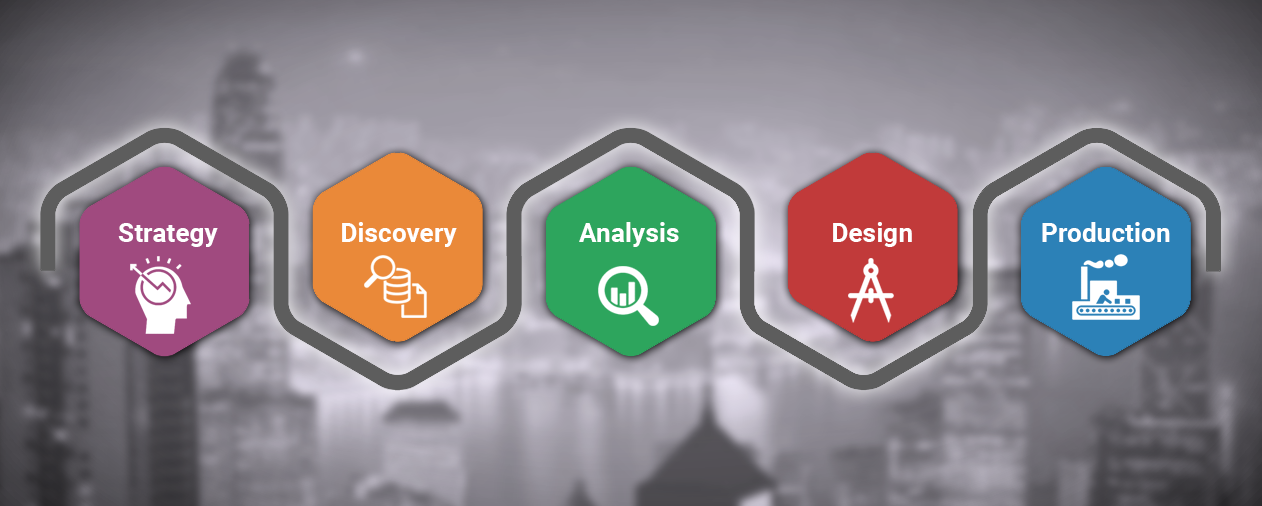
Understanding Repetitive Manufacturing
But do we truly understand how each manufacturing process differentiate from each other? I would try and approach each manufacturing process separately.
Introduction
Today we are going to talk about repetitive manufacturing by breaking it into What? When? How? If we understand these three things this is where our learning starts. So, manufacturing is transformation of raw materials in to finished products.
Meta Description
Whenever we talk about types of manufacturing process we understand there are 5 types

But do we truly understand how each manufacturing process differentiate from each other? I would try and approach each manufacturing process separately. Today we are going to talk about repetitive manufacturing by breaking it into What? When? How? If we understand these three things this is where our learning starts. So, manufacturing is transformation of raw materials in to finished products.
Manufacturing process can be breakdown into

All manufacturing processes will flow through the same breakdown as above. Any company when they decide to follow a manufacturing process would like to achieve two things in the end – cost savings and cost avoidance, which is very much possible through repetitive manufacturing.
Talking about Repetitive Manufacturing
What is repetitive manufacturing and why should an organization consider implementing it in the shop floor?
Repetitive Manufacturing in simple terms is like having dedicated production lines to produce the same item or a closely related item with little modification in the production line. The rate at the operation execution happens depends on the customer’s demand. Setup and changeover from item to item is very little. If the customer’s demand exceeds the production capacity of a line, then a second line can also be maintained. When the demand is not high the second line can be used for manufacturing other products which require more of a discrete manufacturing.
The reason couldn’t be more basic: MONEY. Repetitive manufacturing can provide significant financial benefits to your company; some are of cost avoidance – that is, more efficient business processes that lead to reduced staff time and effort, which means the company can grow without adding administrative staff. Some are in the form of direct bottom-line savings such as lower inventory.
An organization can consider themselves as job shop manufacturing process because it designs parts based on customer’s specifications. In reality, if an item is designed and is being produced at regular intervals, organization qualifies as a repetitive
For example, an injection molding job shop produced parts for electronics, medical, consumer goods and high-tech customers. Nearly every part was engineered to customer specifications, but once a part was designed, engineered, prototyped, sampled, and approved, it was produced repetitively for months or years to a customer release schedule. Once the customer approved the parts, the manufacturing environment was 100 percent repetitive.
Another assumption about repetitive manufacturing is to be repetitive, you must be producing high volumes. While high-volume production clearly indicates a repetitive environment, low production volumes do not eliminate repetitive manufacturing as an option.
Cost avoidance:
Customers place orders, you’ve scheduled MRP, CRP & firmed up your production for the next 3 days. Then reality hits: one of your customers increases their order & another cancels their order. In a work order environment, this means finding the affected work orders, changing the production quantities on those orders (or deleting and re-issuing them), adjusting raw-material and component issues & possibly taking additional steps - for every change there is an impact which indirectly hits the cost. But in a repetitive environment the discrepancy will be taken care automatically so that it does not indirectly hit the cost.



